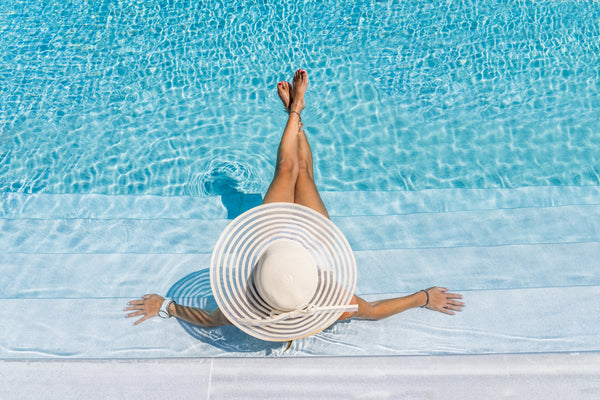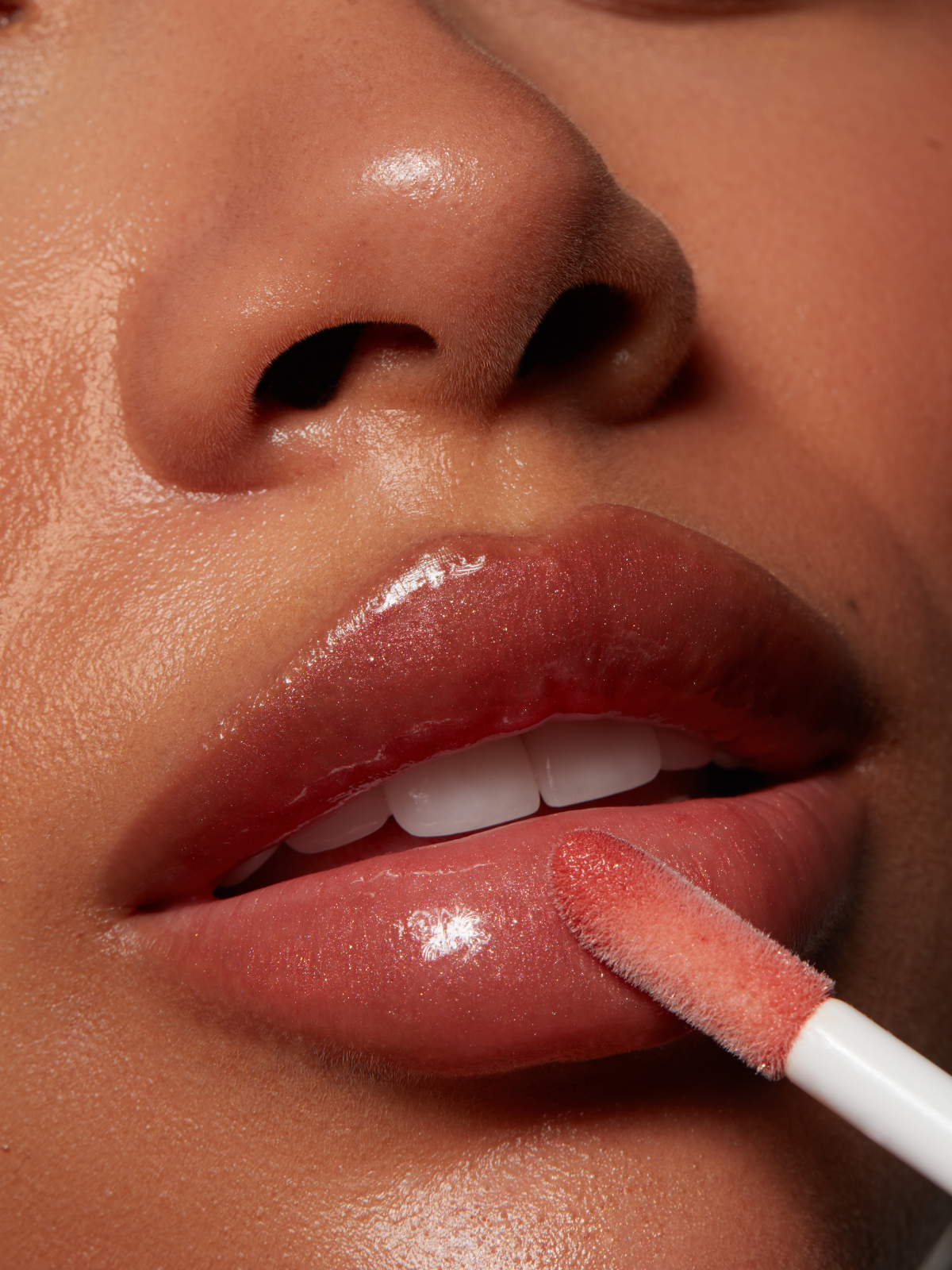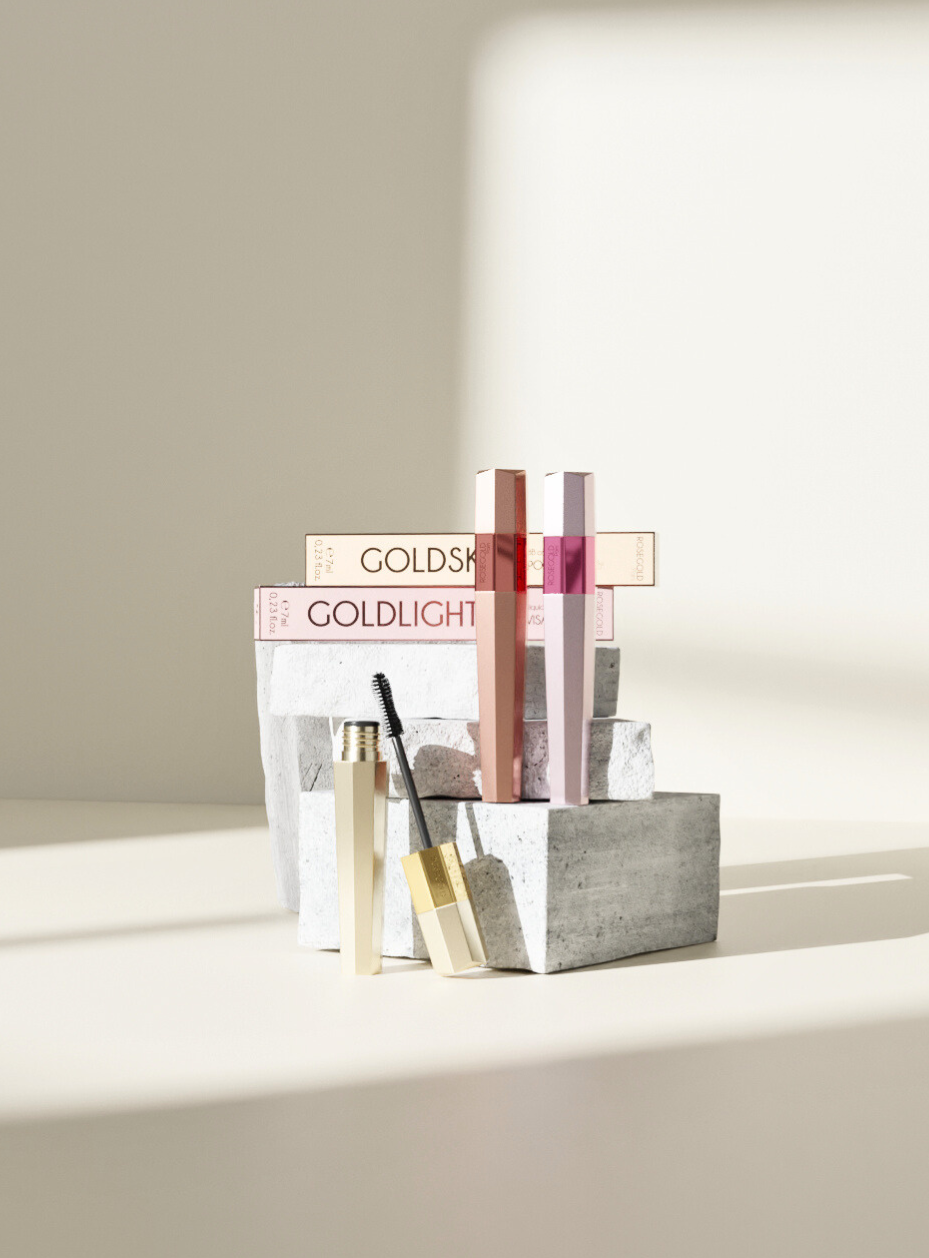Tips for getting a quick, natural tan
Tips for getting a quick, natural tan
Coralie Techer

Tanning is an inseparable part of summer, but you have to adopt the right habits to avoid the risk of damaging your skin. How to tan naturally? We take stock.
With the beautiful days, the desire to tan is felt and it is normal. It is important to know that the skin tans in response to exposure to the ultraviolet (UV) rays of the sun. These UV rays are a form of electromagnetic radiation emitted by the sun. When the skin is exposed to UV rays, the skin cells (melanocytes) produce a pigment called melanin.
Melanin is responsible for the color of the skin, hair, and eyes. It acts as a sort of shield against UV rays by absorbing some of their energy. When melanocytes detect UV exposure, they produce more melanin and distribute it to the upper layers of the skin to absorb the UV rays and help prevent the damage they can cause. This explains why people with darker skin generally have a higher natural ability to protect themselves from the harmful effects of the sun, their skin contains more melanin.
It is important to understand that the process of tanning the skin is actually a response to an aggression, because UV rays can damage the DNA of skin cells and increase the risk of skin cancer... This is why it is essential to take all possible protective measures when exposing yourself to the sun, even when you want to tan.
Discover our dark circle serum
Tips for getting a quick tan without taking risks
We know that tanning is a natural process that requires exposure to the sun. But as you will have understood, before the big departure on vacation and especially during, it is important to take precautions to avoid burns and damage caused by UV and UVB rays.
Choosing the right hours
Avoid sun exposure during the hottest hours of the day, usually between 10 a.m. and 4 p.m., when UV rays are strongest. Aim for exposure earlier in the morning or late in the afternoon.
Discover our dark circle serum
Go gradually
Start with short periods of sun exposure, gradually increasing the duration over the days. This allows your skin to gradually adapt and develop a longer-lasting tan. You can also opt for supplement treatments that prepare the skin for the sun, some of which may be recommended by your dermatologist.

Hydrate the skin sufficiently
Well-hydrated skin tends to tan more easily. Use a moisturizer adapted to your body skin type or a vegetable oil such as coconut, sweet almond or jojoba oil, to maintain optimal hydration. For the face, continue your routine by favoring light textures for your care such as a facial serum and an eye contour serum . Also, do not neglect your daily water intake, the best hydration comes first and foremost from the internal body!
Don't skip exfoliation
Before, during and after sun exposure it is advisable to gently exfoliate your skin using a scrub (see how to make a homemade scrub ) to remove dead cells. Smoother and fresher skin promotes an even tan.
Use sun protection
Summer, spring, fall or winter, always use a sunscreen with an appropriate sun protection factor (SPF) to protect your skin from harmful UV rays! In summer, double the dose with a sunscreen with SPF 50. Always choose a broad-spectrum sunscreen that protects against both UVA and UVB rays and prevents bad sunburns.
Discover our dark circle serum
Apply after-sun care
After each sun exposure, apply soothing and moisturizing sunscreen products to help calm the skin and prolong the tan. Aloe vera products can be particularly beneficial, but there are many products available for this purpose.

Dress accordingly
Wear lightweight but covering clothing, such as long-sleeved linen shirts, and wide-brimmed hats to protect your skin from the sun during prolonged exposure.
Adopt a balanced diet
A balanced diet of antioxidant-rich fruits and vegetables can help protect your skin from free radical damage. Opt for foods rich in them such as carrots, tomatoes, spinach and citrus fruits in abundance to ensure you get a quick tan without the disastrous consequences.
Be careful, excessive and unprotected exposure to the sun can increase the risk of skin cancer but also cause premature aging of the skin. If you have specific questions related to your skin or sun exposure, it is best to consult a dermatologist.



















